
During January 29 to February 2, 2024, my son and I had a trip to Xiamen City, located on the southeastern coast of China in Fujian Province. We spent two nights on Xiamen Island and two nights on Gulangyu Island, thoroughly enjoying our trip. Allow me to briefly share our experience.
On the first night, we explored Zhongshan Road(中山路)which was just a walk away from our hotel. It is a bustling and historic pedestrian street. Dating back to 1925, it stands as one of the oldest shopping streets in the city, brimming with authentic Xiamen flavor. This vibrant commercial corridor spans approximately 1.2 kilometers and connects directly to the sea, making it a unique gem in China. Along the rows of shops, you’ll discover a delightful mix of local eateries, souvenir shops, and beautiful buildings.
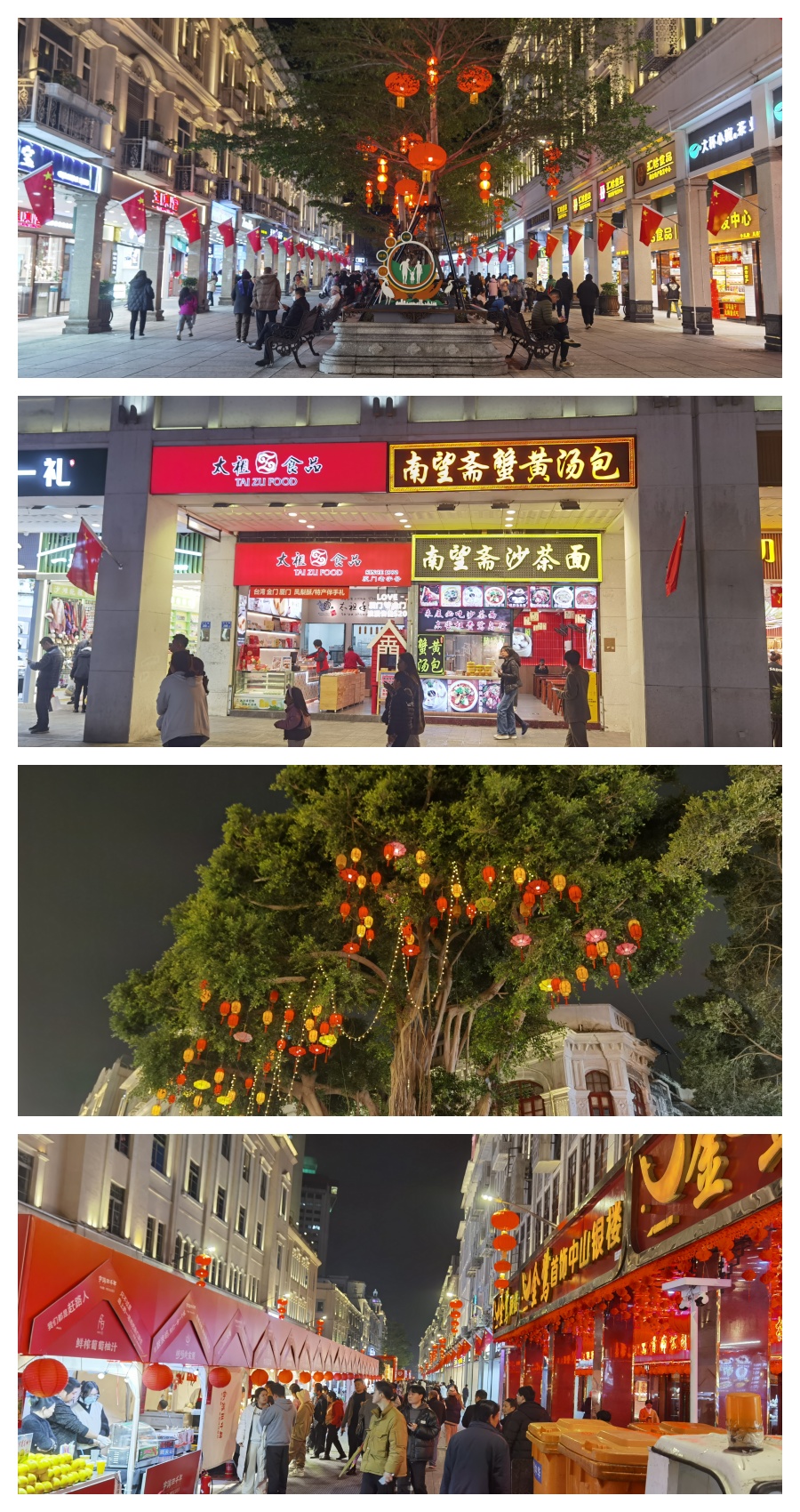
Later, we took a bus to Youlun Square, the starting point of the 23-kilometer-long Xiamen Yunhai Trail(云海步道) (the East-West segment of the entire Mountains-to-Sea Trail network), which opened to the public in January 2020. For your information, the Linhai Trail is 31 kilometers long. The trails are all free and have a lot of entry and exit points along the way. Xiamen truly impressed us with its wealth.
China is perhaps the only country where I would dare to hike up a mountain at night. We even encountered three security personnel around 22:30.
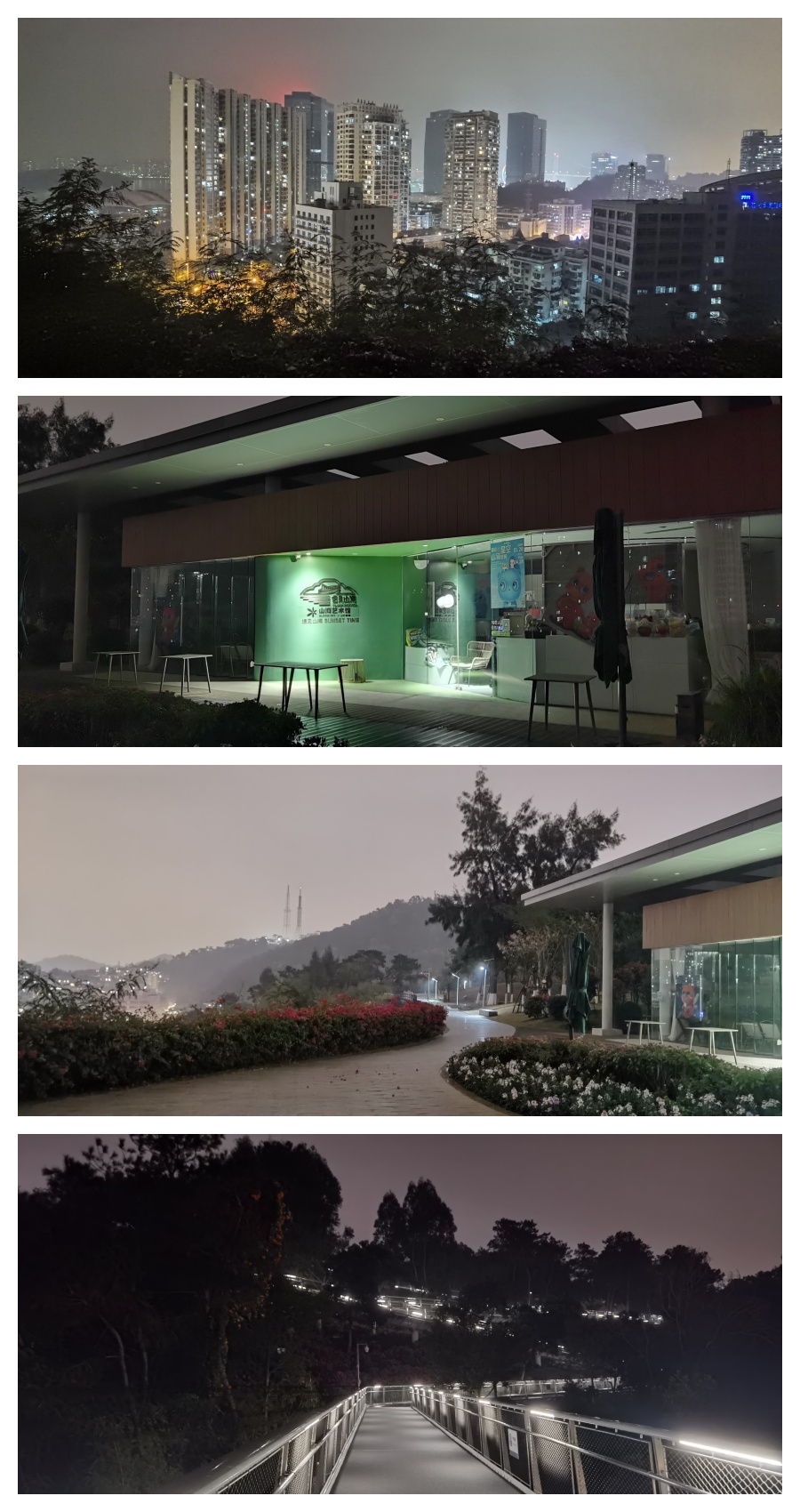
On Jan 30 morning we visited South Putuo Temple(南普陀寺). It is a Buddhist temple originally founded during the Tang dynasty. Its name signifies its location south of the revered Mount Putuo in Zhejiang Province. It stands as a spiritual and cultural treasure, attracting visitors with its beautiful and grand architecture and tranquil ambiance. The entry is free but requires reservation in advance via its wechat official account.
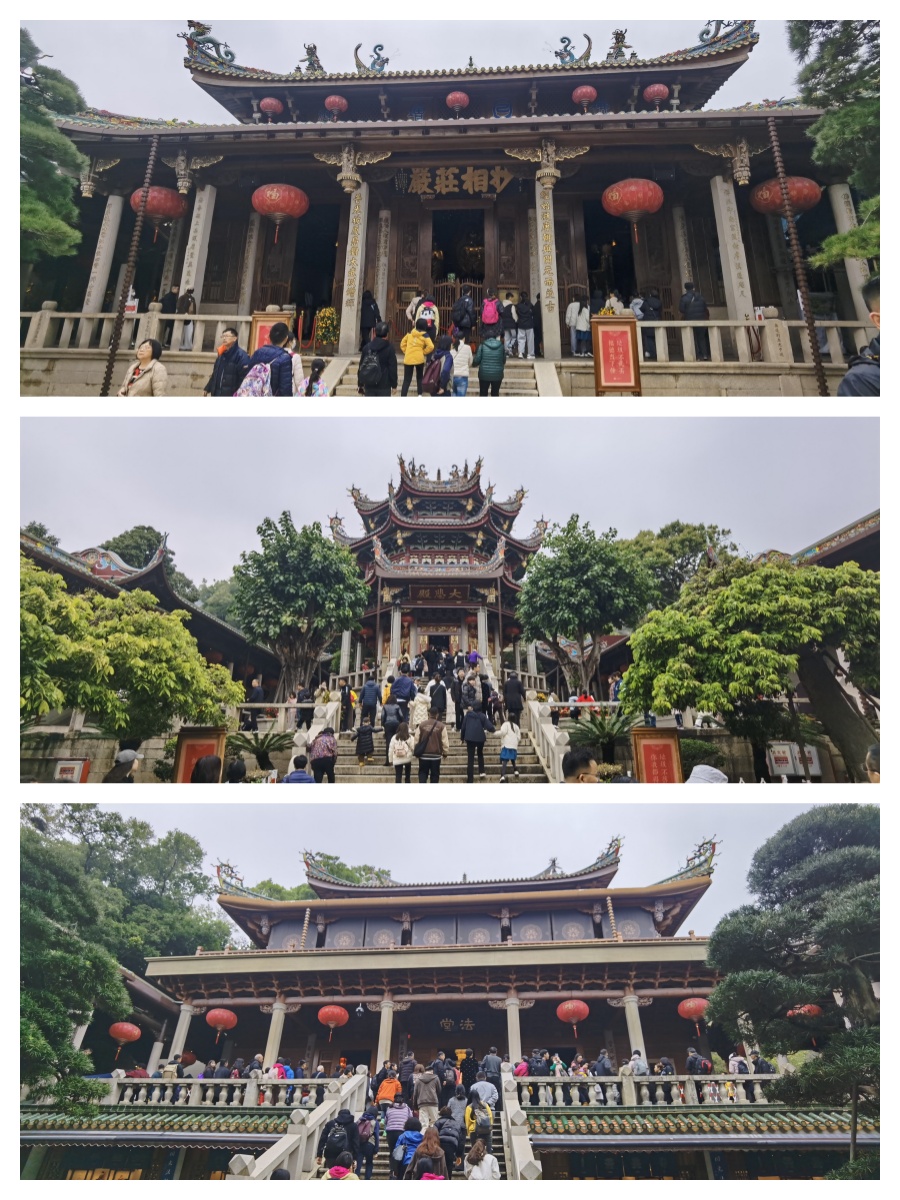

Then we took metro across the sea to Jimei School Village(集美学村) on the Jimei Peninsula. It is a collective term for various schools and cultural institutions in Jimei Village. The architectural blend of Eastern and Western styles, along with cultural heritage, makes Jimei School Village a captivating destination for both education and sightseeing.


Then we took metro back to Xiamen Island to visit the Xiamen Botanical Garden(厦门园林植物园). The garden is huge and we had to take the shuttle bus to visit the major points only. In fact we only visited the Rainforest World and Psammophyte Zone. Next time I am in Xiamen, I should spend a whole day here.

We wanted to see as much as possible in Xiamen, so we continued to Baicheng Beach, even though we felt very tired already after the Botanical Garden. It was less than 20°C, but the kids were having fun as if it were summer.
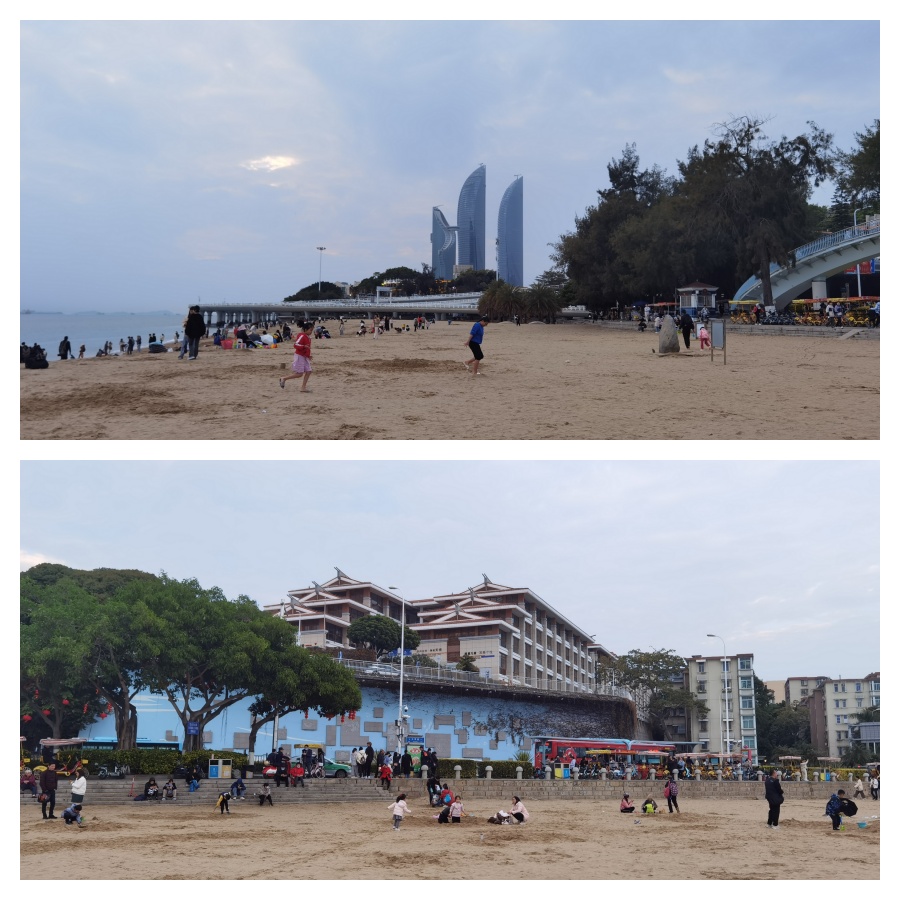
On January 31, we stored our luggage in a shop on the first floor of Xiagu Ferry Terminal and then hiked along the Yunhai Trail for approximately 1.5 hours. Although it is in the center of the city, we didn’t feel like we were in a city at all. We felt in nature the whole way, with birds singing, flowers in full blossom, green trees of all sorts.
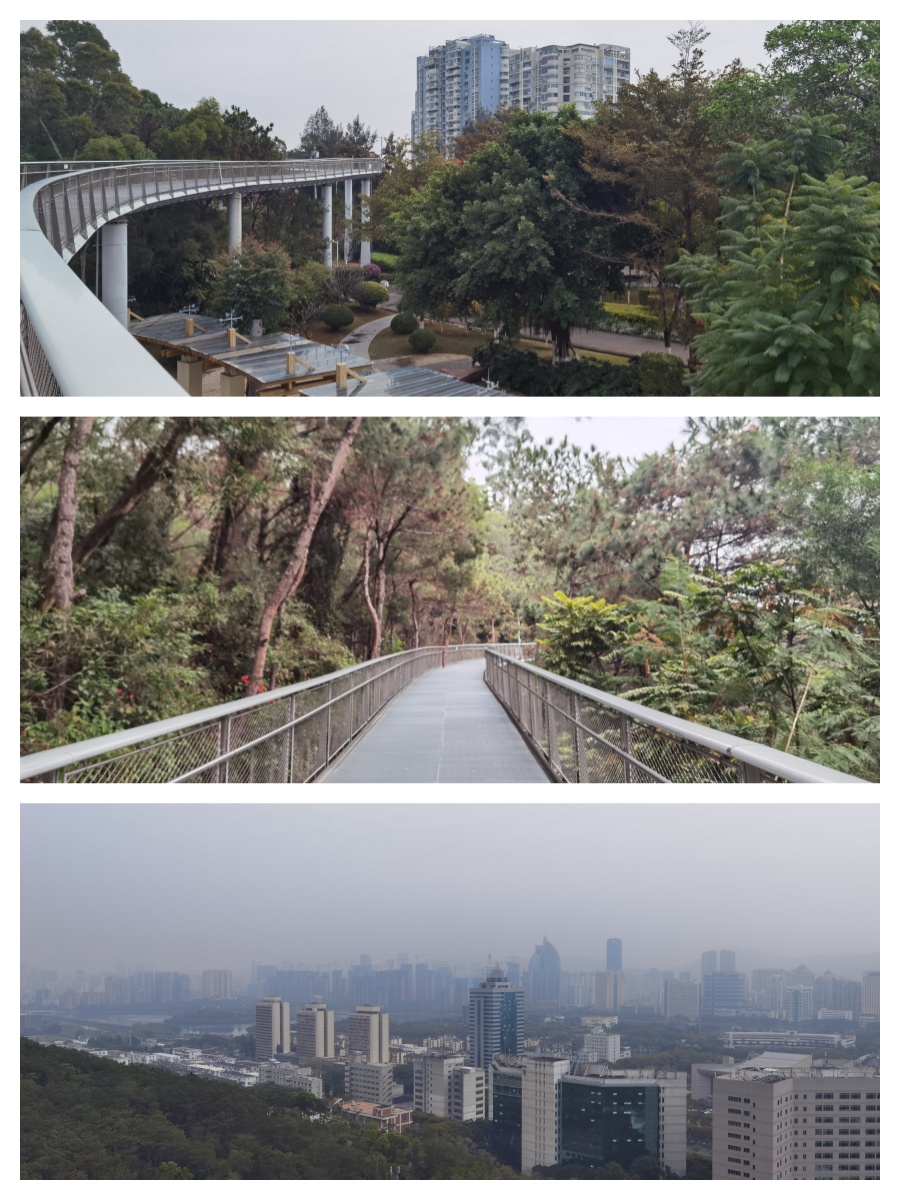

After lunch, we went to the Xiagu Ferry departure hall. We bought an e-ticket departing from Xiamen at 16:30 via the boat company’s WeChat official account and were told to be at the departure hall at least half an hour before departure. For busier times, you need to be there 1 hour ahead of time. It was as busy as a train station. It takes about 20 minutes to reach Sanqiutian Pier on Gulangyu Island. The boat we took to Gulangyu Island was basic, with many standing spots; however, the boat returning to Xiamen was nicer, with many seats.
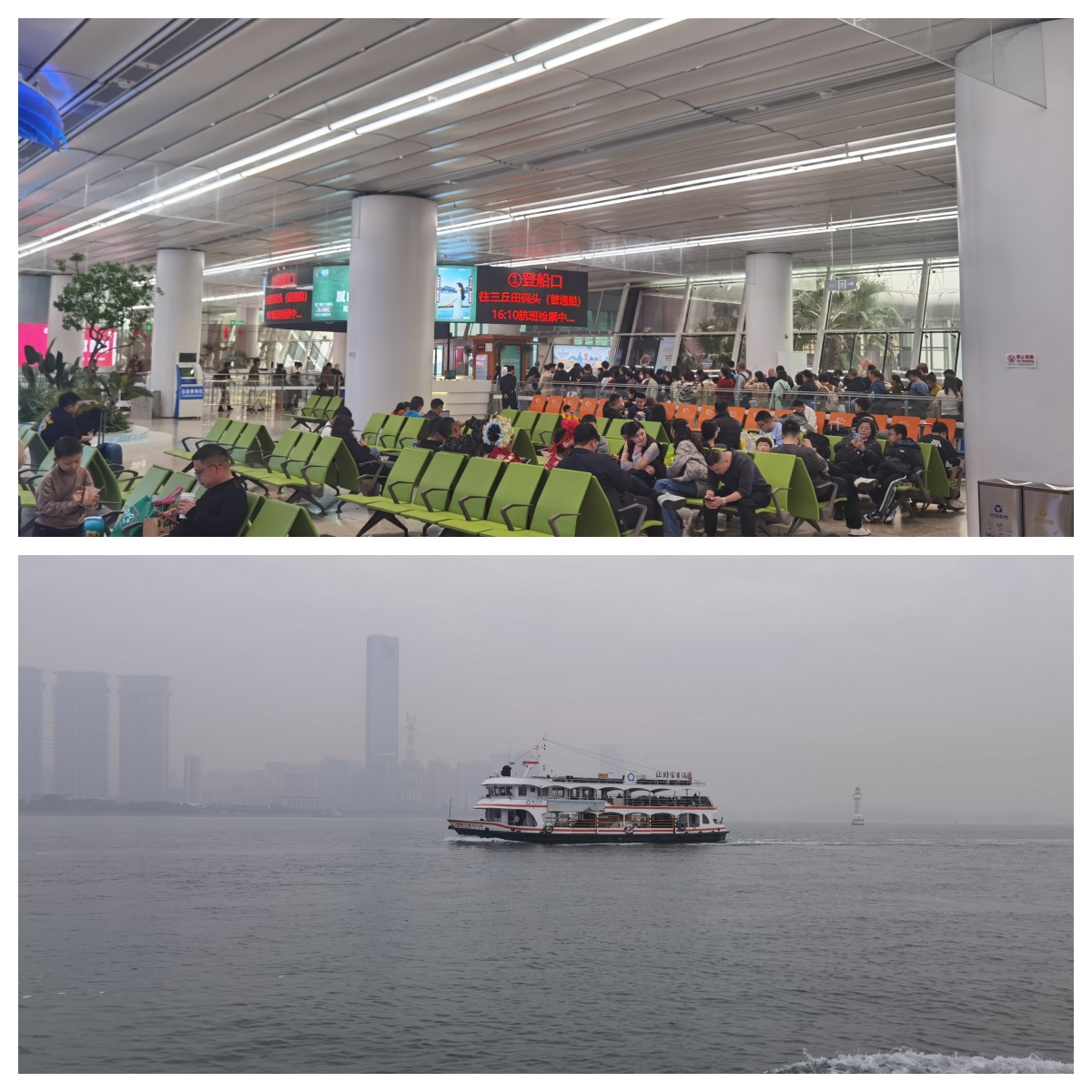
Upon arrival in Gulangyu, we walked about 15 minutes to our hotel, which was originally a villa built in the 1930s by a Chen family. It is well-maintained and provides tap drinkable water instead of bottled water, reusable slippers instead of one-time slippers, and a big bottle of shampoo and body lotion instead of the small one-time ones. By the way, there are no taxis or public buses on this island. Except for a few shuttle buses, all transportation is by foot.
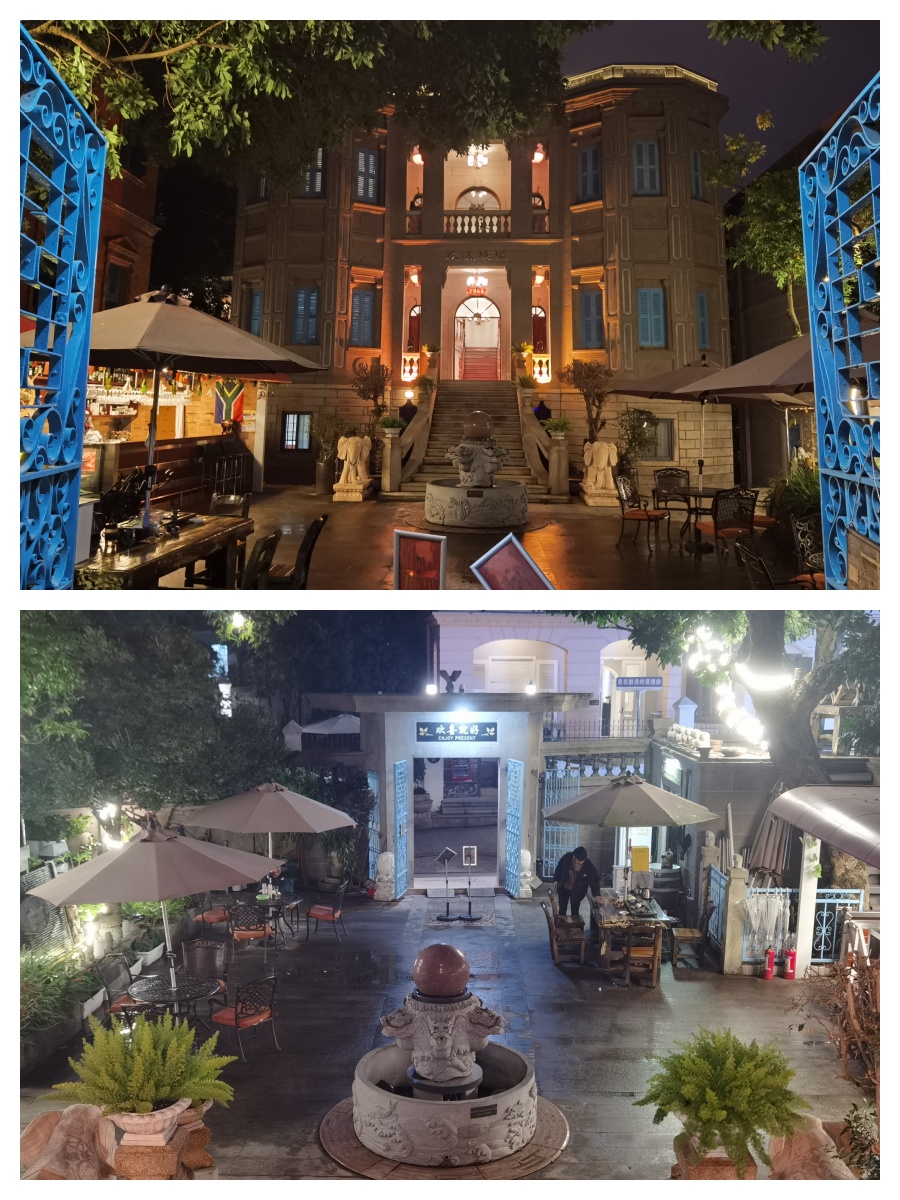
After resting in the room, we went out to search for food. It was very busy in the central area of the island, with many shops and restaurants. We were attracted to a handmade Shao Xian Cao (烧仙草) grass jelly drink, which is very popular in Fujian Province. The dark jelly was made of Mesona chinensis. There are also other ingredients added to the drink, such as nuts. After the large drink, we felt a bit full and started our night exploration.
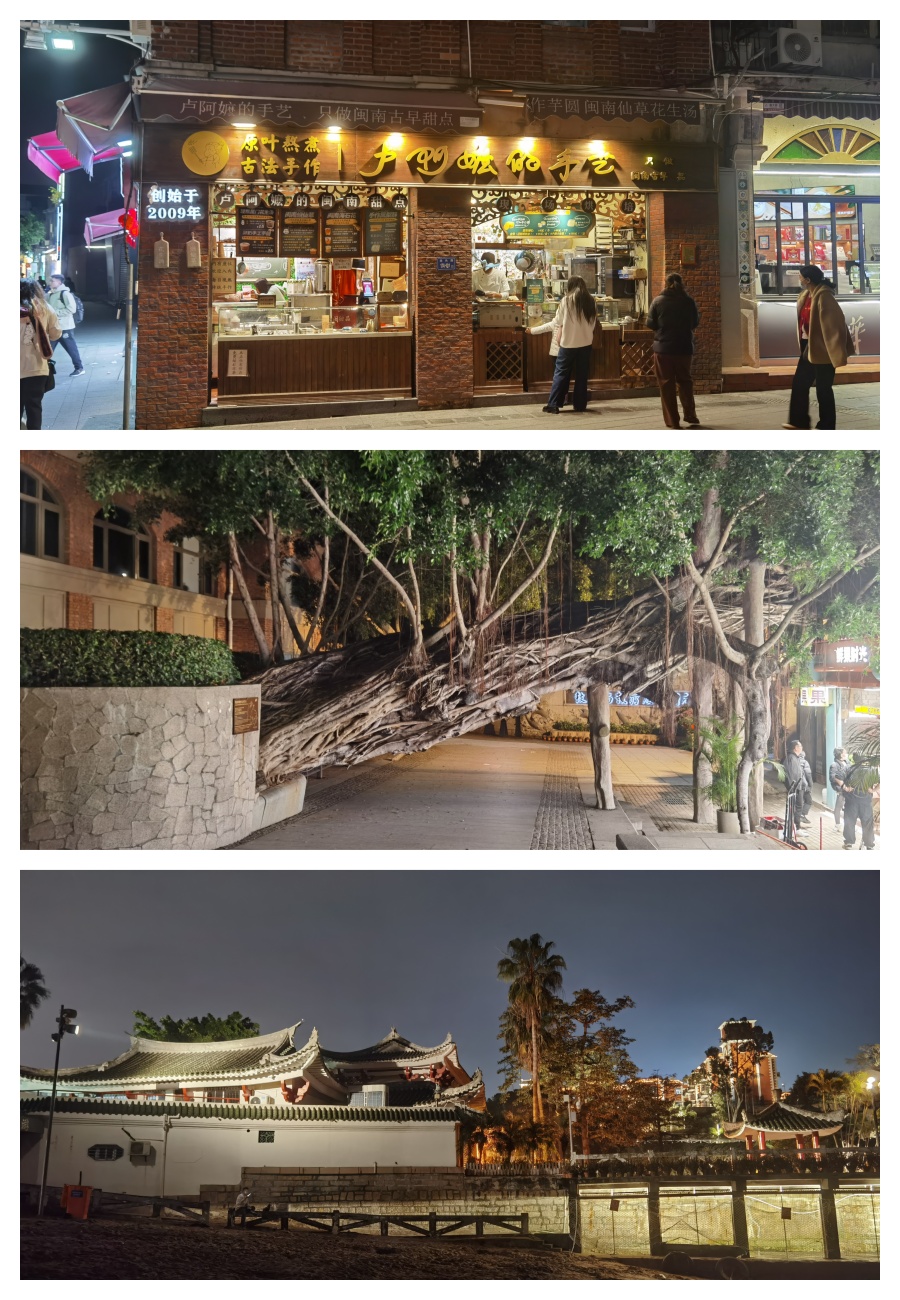
Many parts of the island were quiet. We walked along the seaside first and later strolled along the many lanes back to our hotel. It was a very peaceful and pleasant walk among the trees, flowers, and beautiful old houses. Gulangyu has been nicknamed the “Garden on the Sea,” the “Island of Pianos,” and the “Exhibition of World Architecture.” Combining history, architecture, and musical art, Gulangyu emerged as a unique blend of Eastern and Western influences.
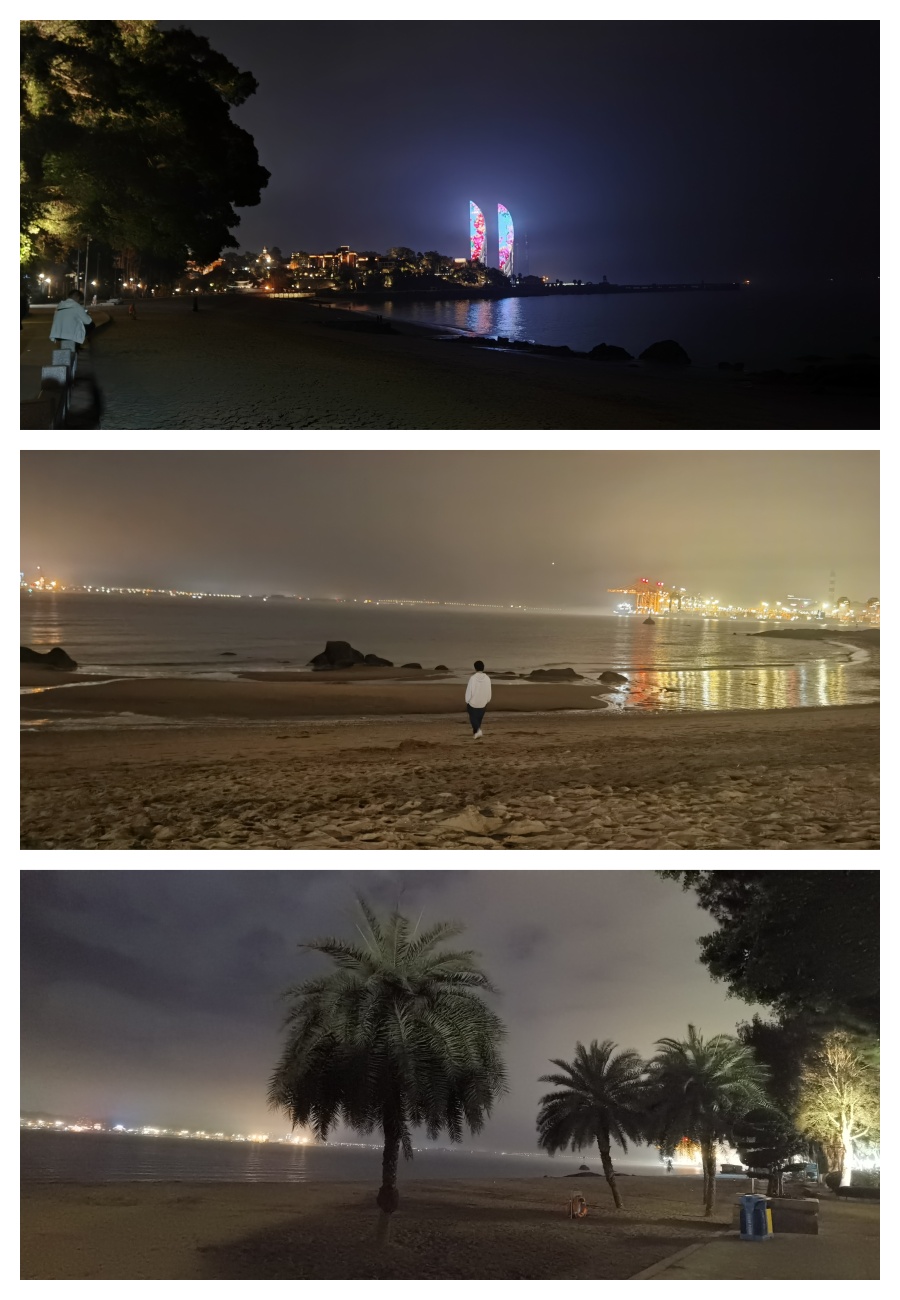
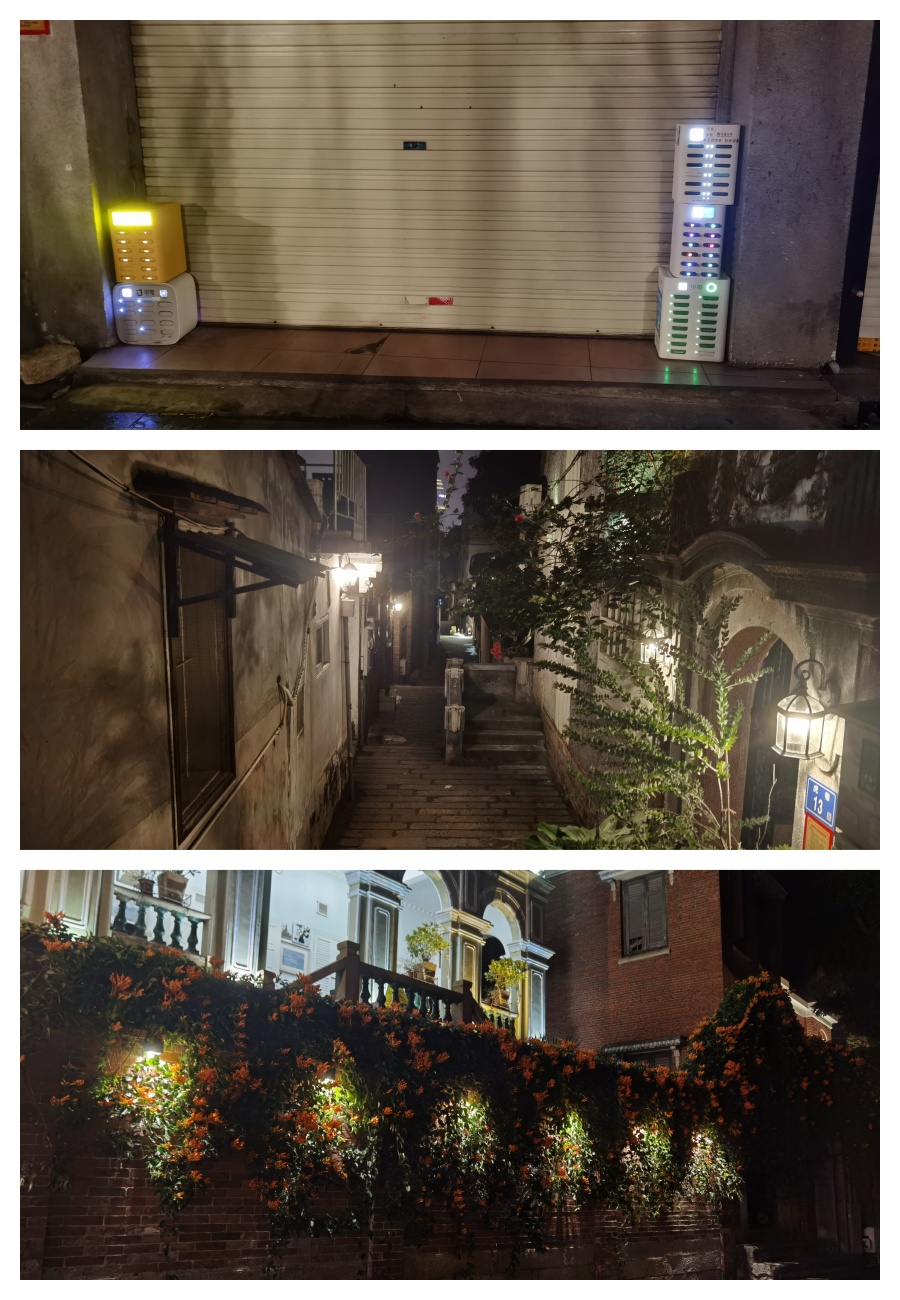
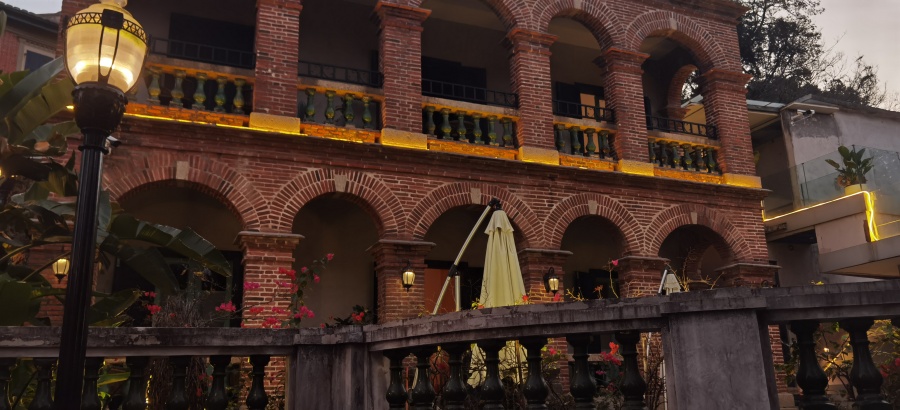
On February 1, we had a relaxing day in Gulangyu. The weather in the morning was foggy, but by the afternoon, it became sunny. The air quality was always good though.
We encountered 2 musical schools on the way and then found this island is called the Music Island. Starting from the mid-19th century, Western music entered Gulangyu alongside the spread of Christianity. The elegant living environment on the island harmonized with Western music, leading to the island’s rich musical tradition. In 2002, the Chinese Musicians Association officially bestowed the title of “Music Island” upon Gulangyu.
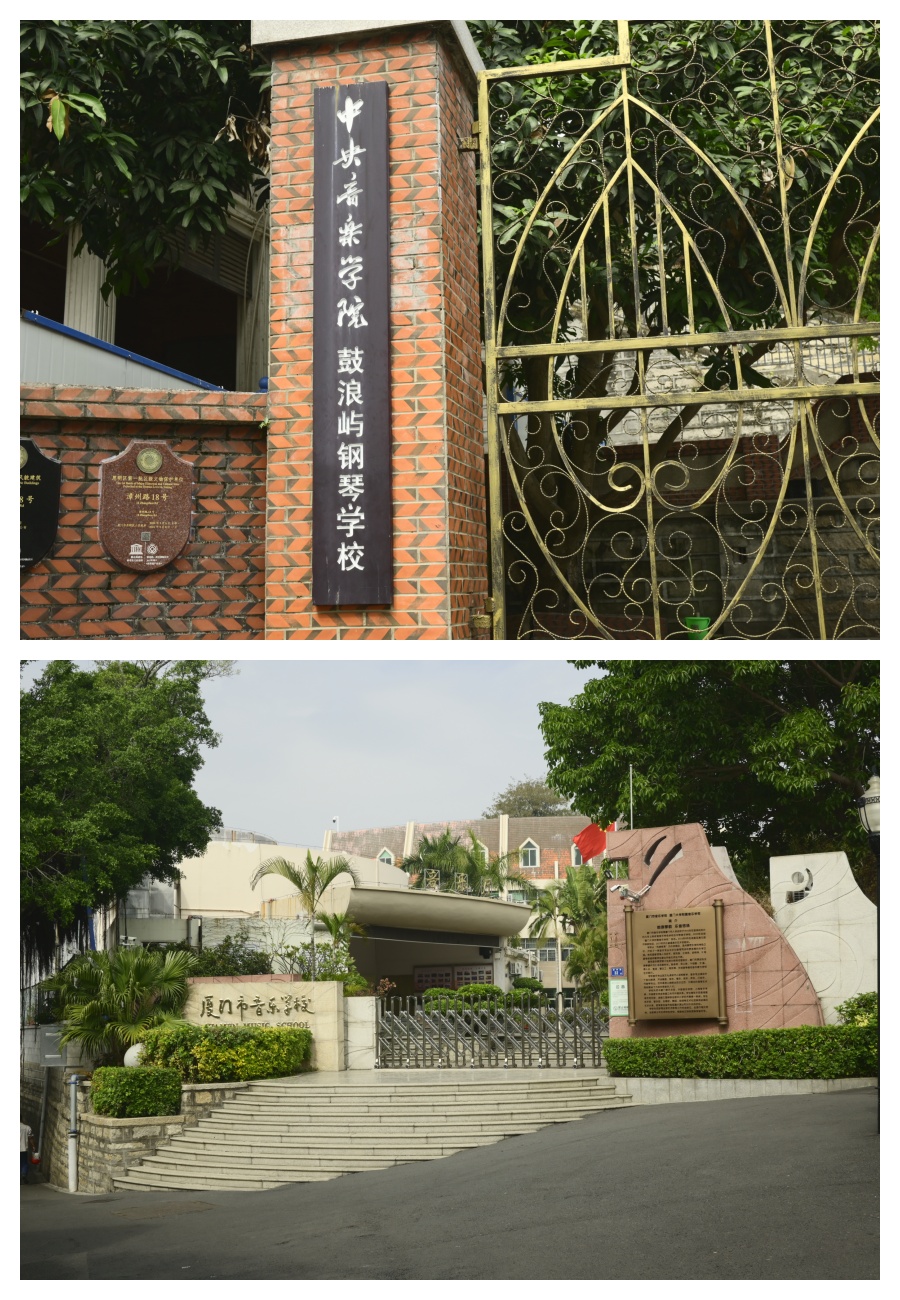
We bought an e combined ticket online which includes Sunlight Rock Scenic Area, Shuzhuang Garden, Haoyue Garden,International Calligraphy Art Museum. We visited all of them except for International Calligraphy Art Museum.
Haoyue Garden(皓月园):Located in the southeast part of Gulangyu, Haoyue Garden is a sculpture park built in honor of the national hero Zheng Chenggong, featuring a statue of Zheng Chenggong.

Shuzhuang Garden(菽庄花园)(including the Piano Museum): Originally a private garden of the Taiwanese patriot Lin Erjia, Shuzhuang Garden was built in 1913 and has undergone several renovations and expansions. The Piano Museum is located within Shuzhuang Garden and showcases antique pianos from around the world .
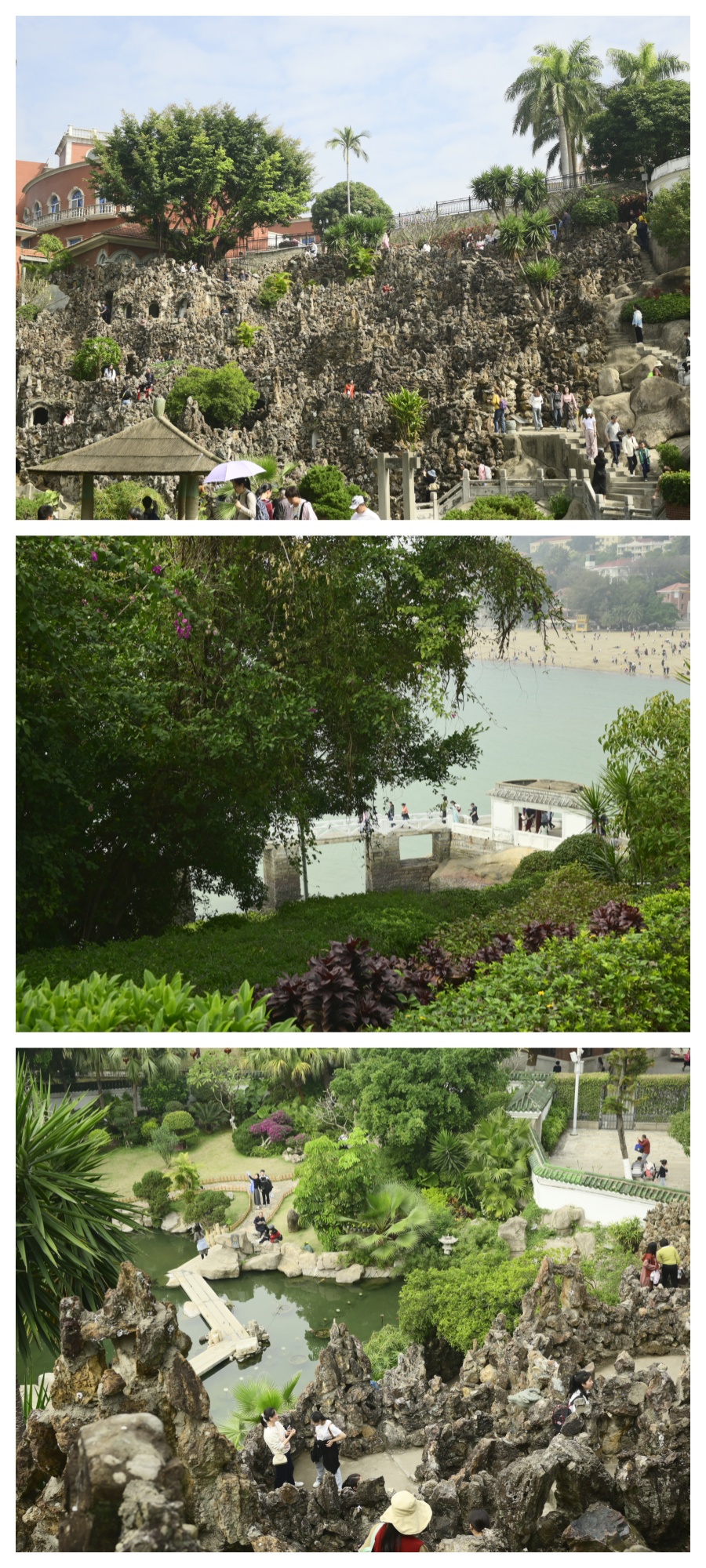
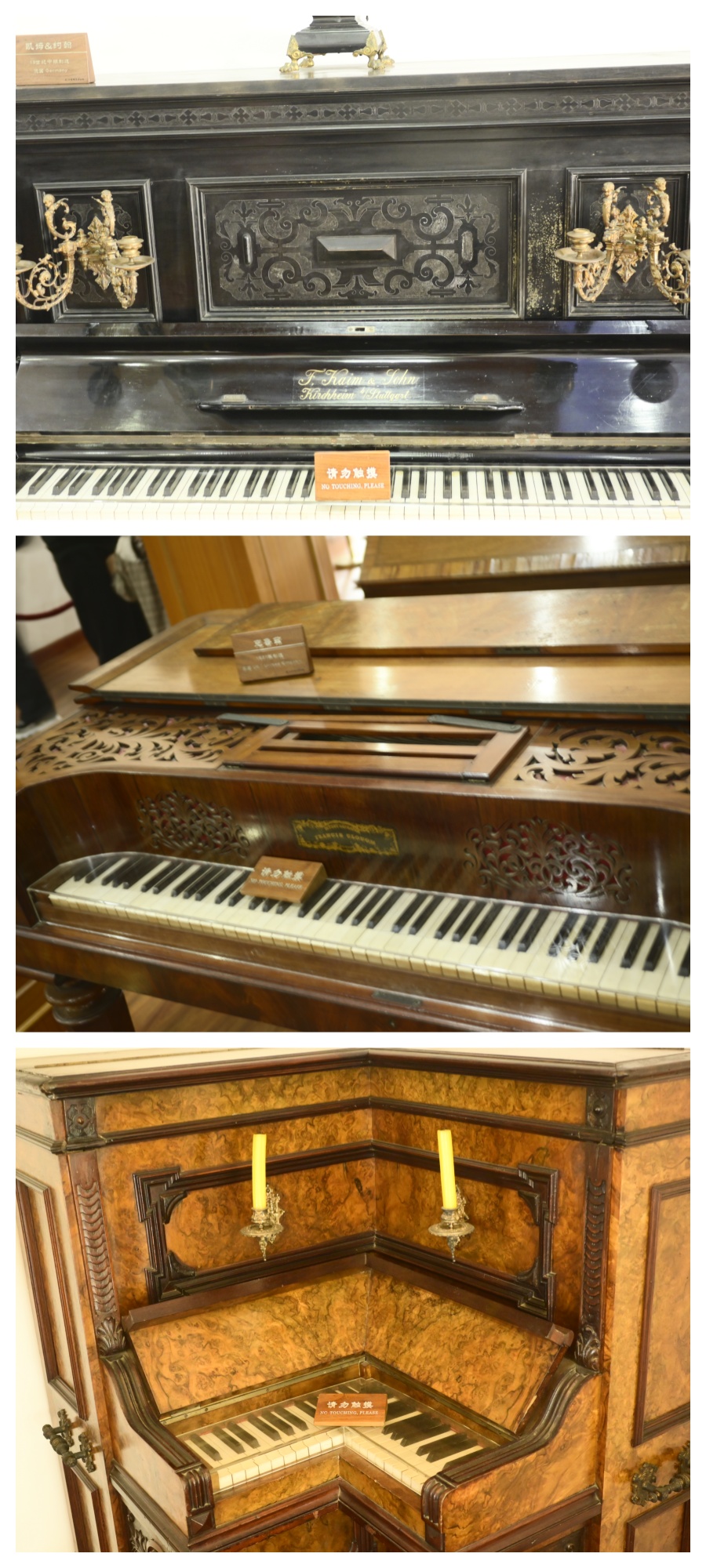
Sunlight Rock(日光岩)is located in the central part of Gulangyu and consists of two giant rocks leaning against each other, forming the highest peak on the island. People come here to have a bird’s-eye view of the island and beyond.
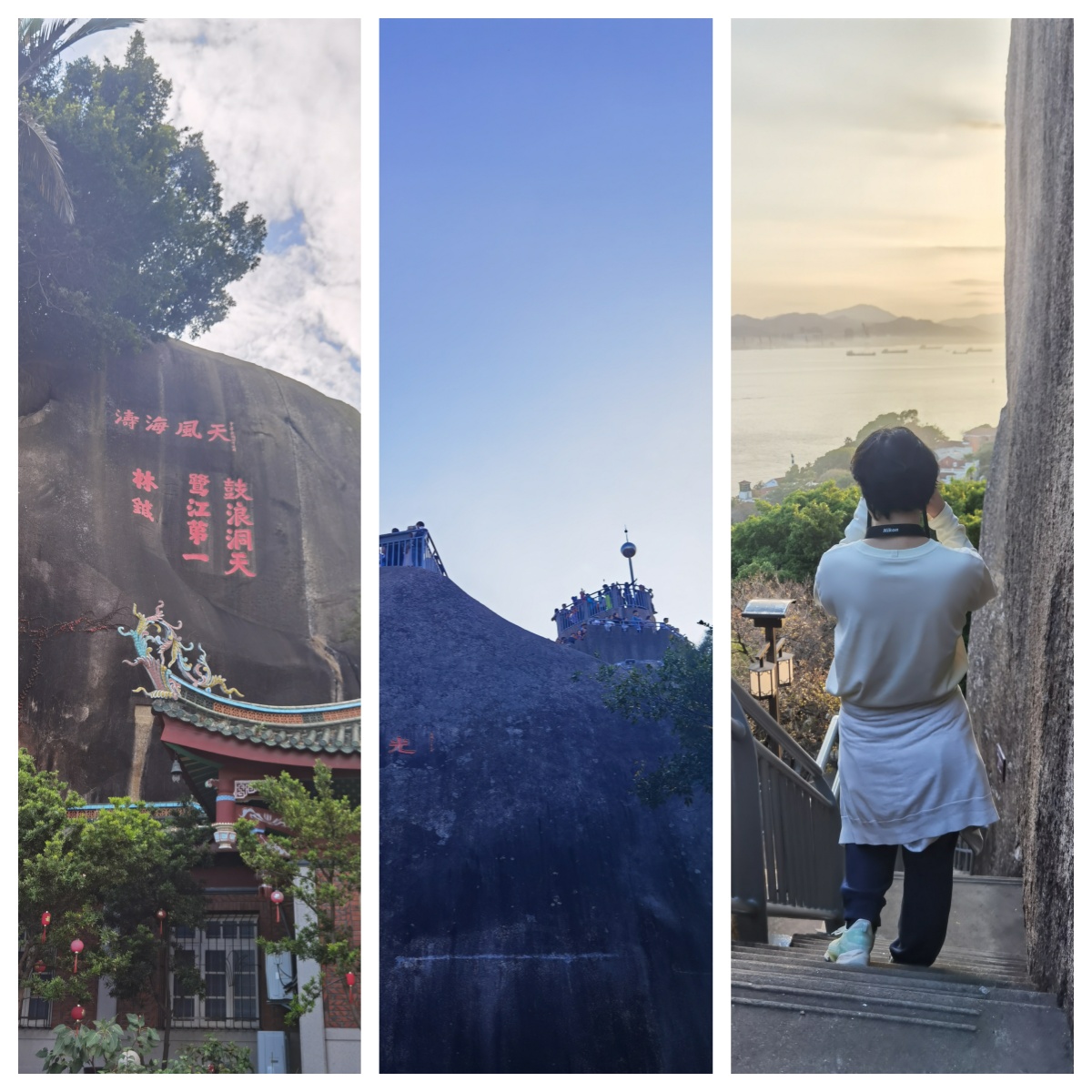

On the morning of February 2, we checked out and walked to Sanqiutian Pier. There is no large departure hall here, as in Xiamen, and we went directly to the boat without waiting. The rush hour back to Xiamen is from 15:00 to 18:30, as that is when many people return to Xiamen after their day trip to Gulangyu. Here is a picture I took around 17:00 on January 31 upon our arrival.
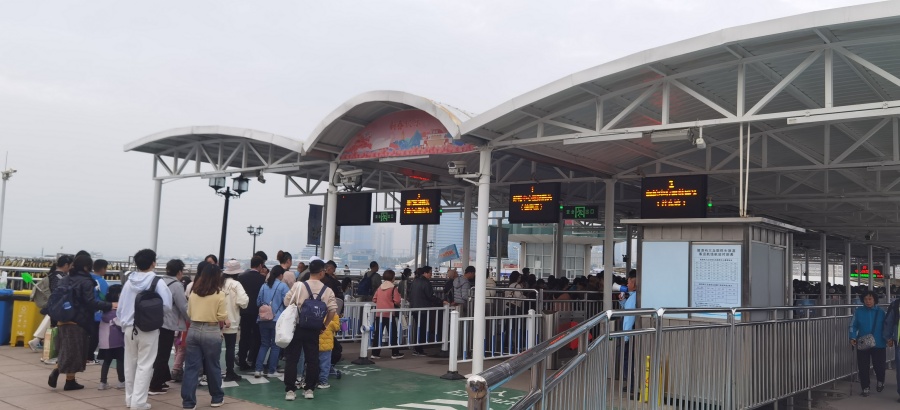
As this article is coming to an end, you may wonder why I didn’t mention what we ate. Well, food plays a very important part in our travels. But it would be too long if I introduced them one by one. Here is a picture of some local food we had, which I never had elsewhere. I will leave it up to you to explore the food when you are there. Almost all the restaurants include pictures in the menu.
Happy exploring, and bon appétit!
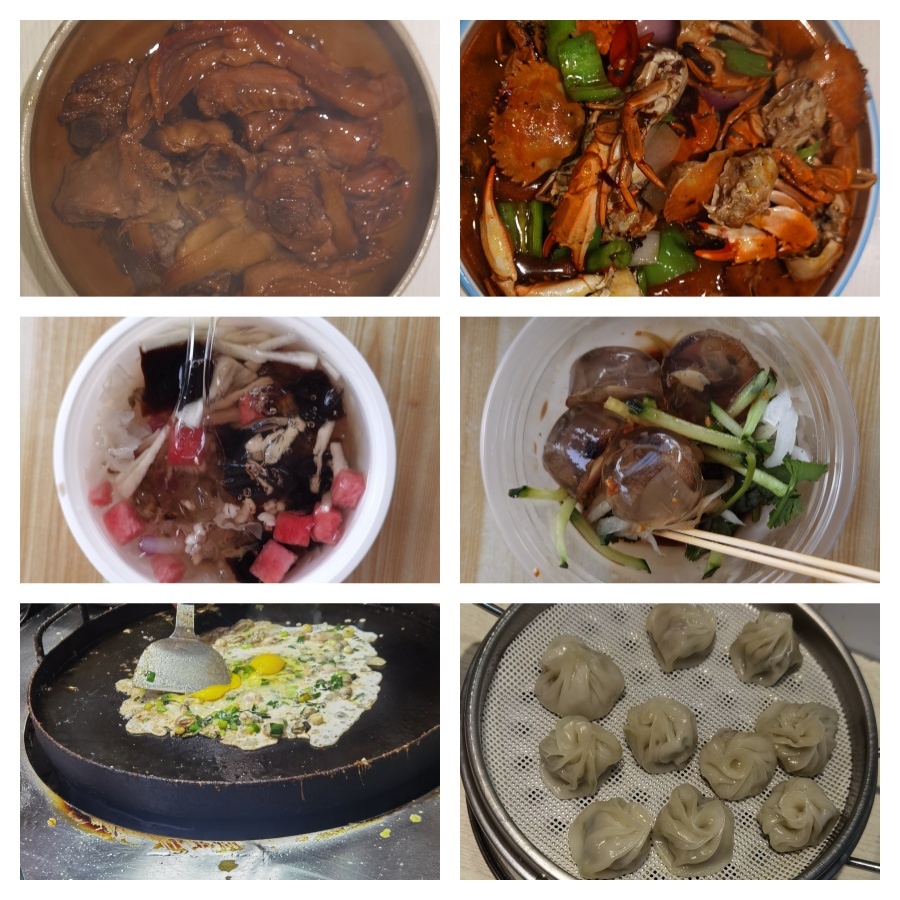
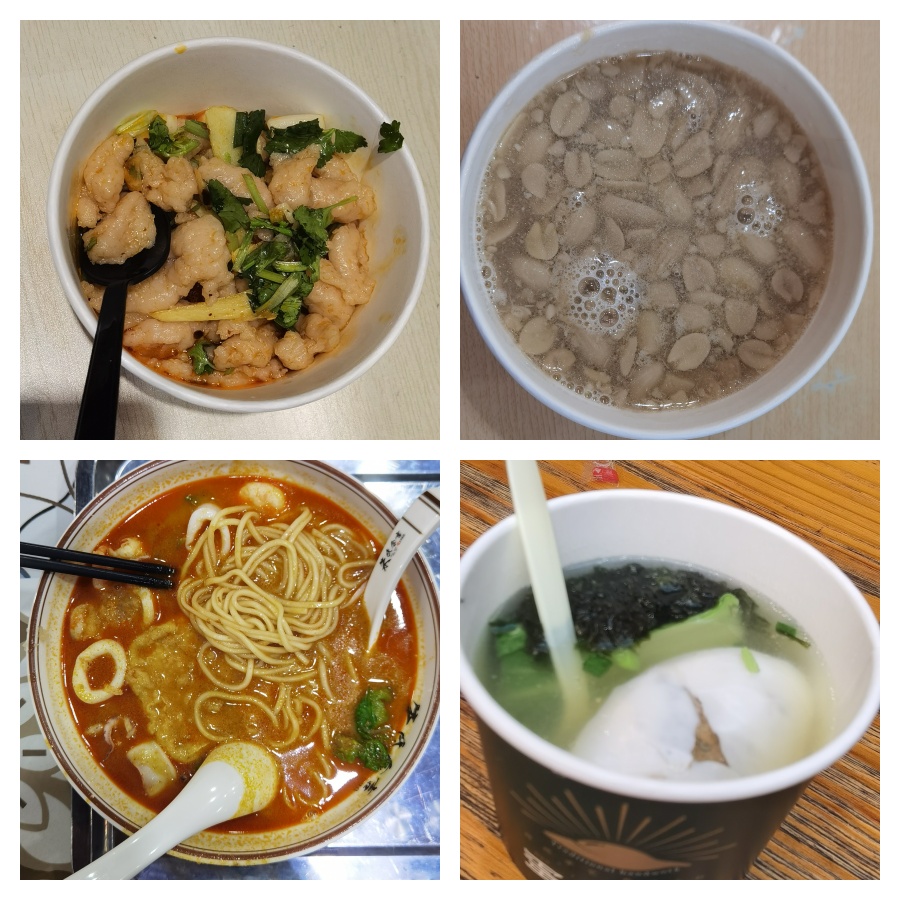
My impression of Xiamen is that this place has been prosperous for decades, as evident from all the beautiful houses. It is still wealthier than many places in China. Imagine how much has been invested in the Mountains-to-Sea Trail Network! Of course, there are factors that attract so many people to the city: it has both mountains and seas and remains green all year round. As a person from the North, I would prefer to stay here for the winter instead of Beijing.
From Xiamen we continued to travel to Quanzhou city but that alone will make a separate report.
Yours Truly
Angie Guo - Charmission Travel
